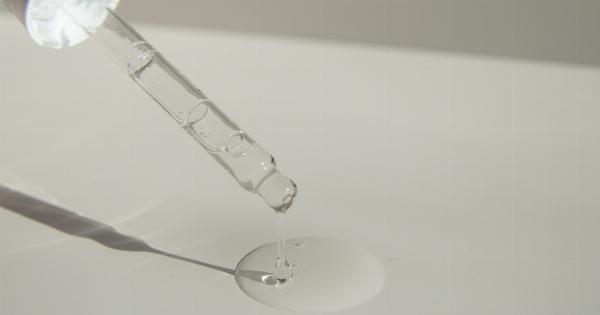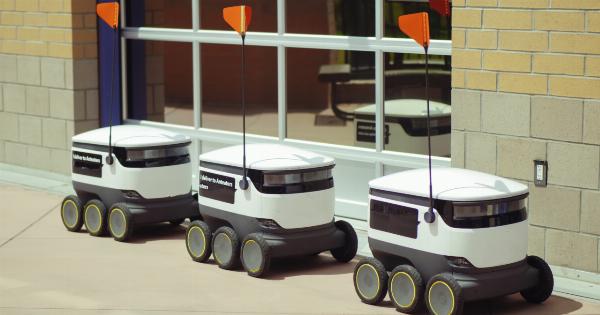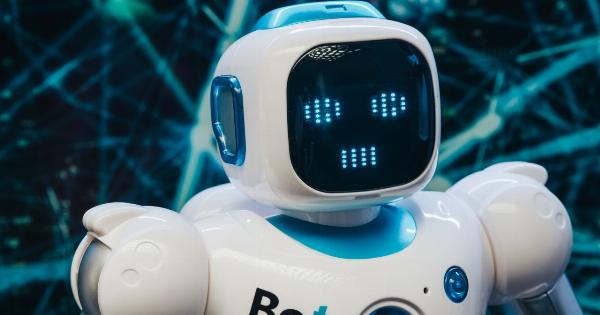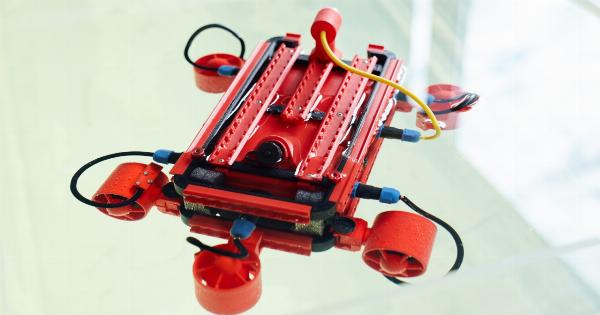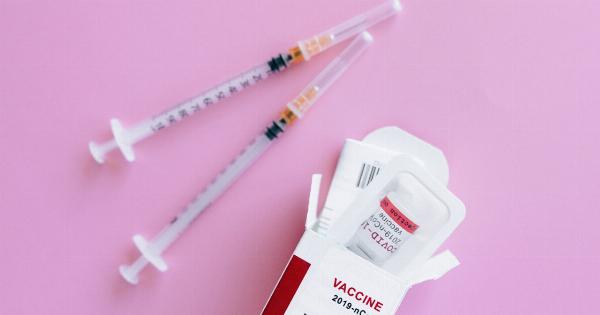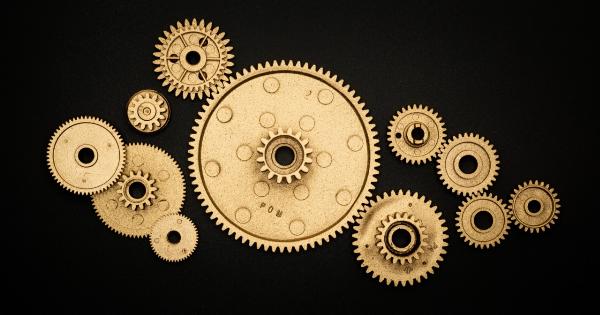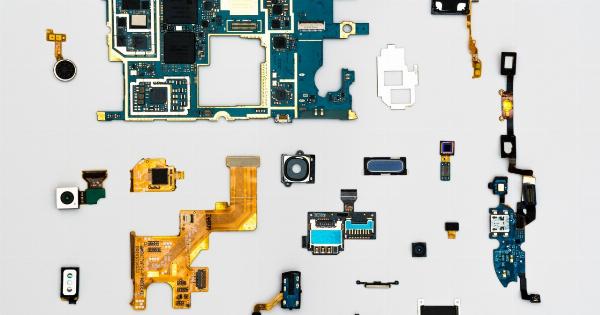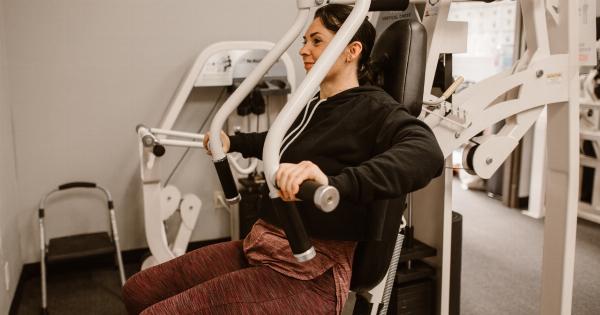Gastroesophageal reflux disease (GERD) is a common gastrointestinal disorder that affects millions of people worldwide. The unpleasant symptoms of GERD can be debilitating, causing heartburn, regurgitation, and difficulty swallowing.
If left untreated, GERD can lead to more serious conditions such as esophageal stricture and Barrett’s esophagus. Although there are several treatment options available, robotic surgery is becoming increasingly popular for GERD treatment due to its effectiveness in minimizing symptoms. This article explores how robotic surgery can aid in GERD recovery.
What is GERD?
Gastroesophageal reflux disease (GERD) results from a malfunctioning of the lower esophageal sphincter (LES) muscle, causing gastric acid to flow backward into the esophagus.
The LES is a ring of muscle that acts as a valve to prevent acid reflux from occurring. When it becomes inefficient or weakened, it allows stomach contents to regurgitate into the esophagus, leading to GERD symptoms.
Symptoms of GERD
GERD symptoms vary from individual to individual. However, the most common symptoms include:.
- Heartburn
- Regurgitation
- Chest pain
- Bloating
- Difficulty swallowing
- Chronic cough
- Sore throat
Traditional Treatments for GERD
The primary goal of GERD treatment is to alleviate symptoms and prevent complications. Several traditional treatments are available, such as:.
- Lifestyle changes- Dietary modifications, avoiding certain foods and drinks, quitting smoking, and weight loss.
- Medications – Antacids, H2-blockers, and proton pump inhibitors (PPIs).
- Surgery – Fundoplication, a surgical procedure that tightens the LES valve, thus preventing acid reflux.
Robotic Surgery for GERD
Robotic surgery for GERD is a minimally invasive surgical procedure that utilizes a specialized robot equipped with tiny surgical instruments.
The surgeon operates the instruments using a console, allowing for greater precision and control during the operation.
The procedure involves wrapping the upper part of the stomach around the LES valve, creating a tight barrier that prevents stomach contents’ flow into the esophagus.
Benefits of Robotic Surgery for GERD
The advantages of robotic surgery for GERD are numerous. These include:.
- Minimally invasive – Robotic surgery for GERD requires small incisions, causing less scarring, and promoting faster healing.
- Greater precision – Robotic surgery allows for greater precision and control during the operation, reducing the risk of complications.
- Shorter hospital stay – Robotic surgery for GERD allows patients to recover quickly, enabling them to return home sooner and resume their normal activities.
- Fewer complications – Robotic surgery for GERD results in fewer complications, such as bleeding, infection, or injury to surrounding tissues and organs.
Candidates for Robotic Surgery
Not all people with GERD symptoms are ideal candidates for robotic surgery. Robotic surgery for GERD is recommended for individuals who:.
- Have chronic GERD symptoms despite undergoing other treatments.
- Have a hiatal hernia – hiatal hernias are present in a small percentage of GERD cases, and surgical correction is necessary to minimize symptoms.
- Do not have severe esophagitis or Barrett’s esophagus – If GERD has caused extensive damage to the esophageal tissues, surgery may not be an effective solution.
The Procedure
The robotic surgery for GERD procedure involves the following:.
- Anesthesia – The patient is placed under general anesthesia, meaning they are asleep during the operation.
- Small Incisions – The surgeon makes small incisions in the stomach and upper abdomen.
- Robotic Instruments insertion – The surgeon inserts laparoscopic instruments through the small incisions.
- Wrap Creation – The surgeon wraps the upper part of the stomach around the LES valve, creating a tight barrier that prevents gastric acid from flowing into the esophagus.
- Closure – The incisions are closed, and the patient is moved to the recovery room.
Recovery after Robotic Surgery
The recovery time after robotic surgery for GERD is typically shorter than traditional laparoscopic surgery. Patients can expect to:.
- Return to their normal activities within two weeks after surgery in most cases.
- Maintain a liquid and soft diet for around a week following the surgical procedure.
- Avoid any physically demanding activities such as heavy lifting or exercise for about 4-6 weeks after surgery.
- Monitor the surgical site for any abnormal signs such as redness, swelling, or discharge.
Risks of Robotic Surgery for GERD
Although robotic surgery is a safer and less invasive alternative to traditional surgery, it comes with some risks. These include:.
- Damage to surrounding tissues and organs.
- Infection.
- Bleeding.
- Problem with anesthesia use.
Conclusion
Robotic surgery for GERD is an effective treatment for patients with chronic GERD symptoms and hiatal hernias. The minimally invasive surgical procedure is safer and results in minimal scarring and a shorter recovery period.
Although it comes with some risks like every surgical procedure, robotic surgery for GERD is a safer alternative to traditional surgery for GERD.



